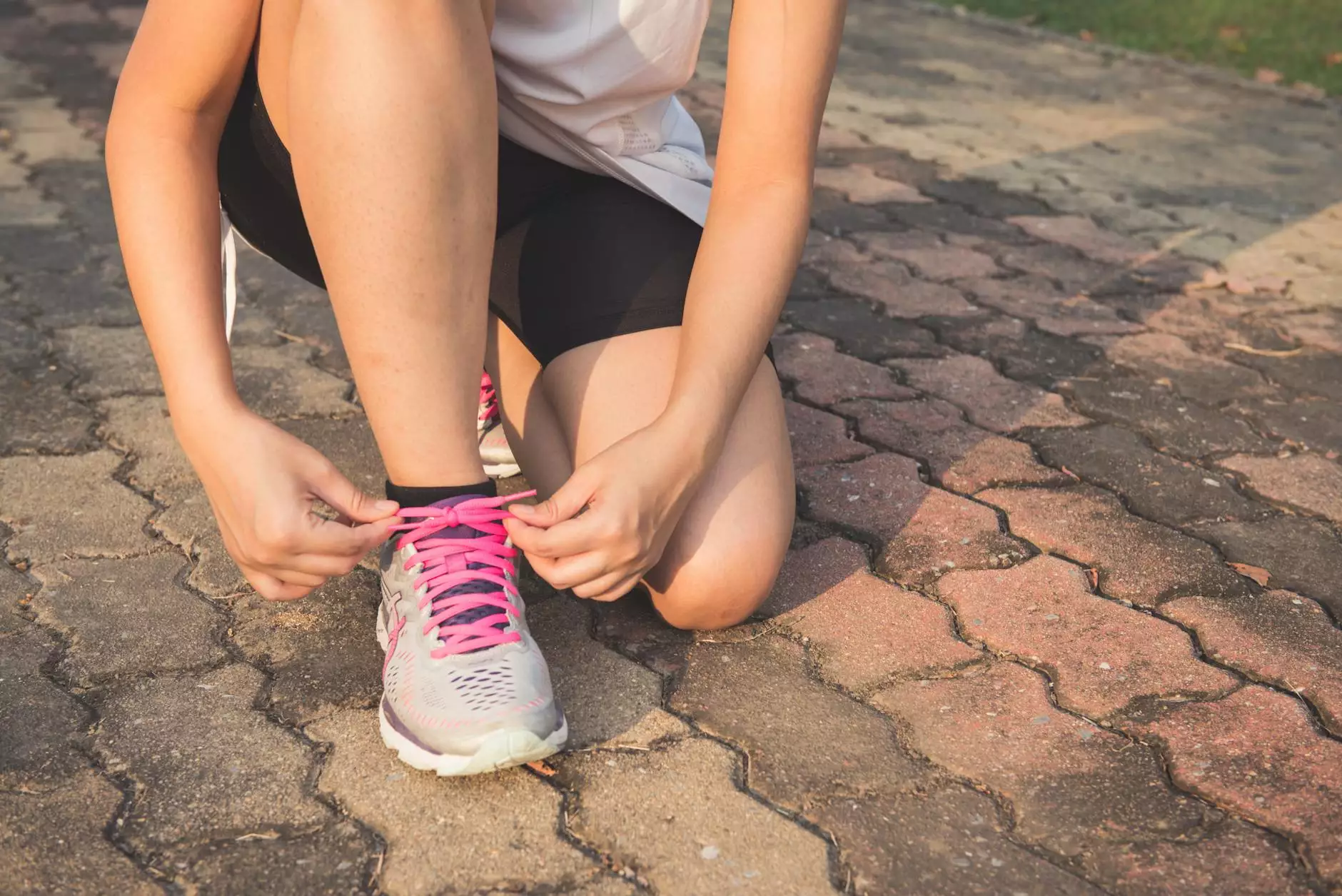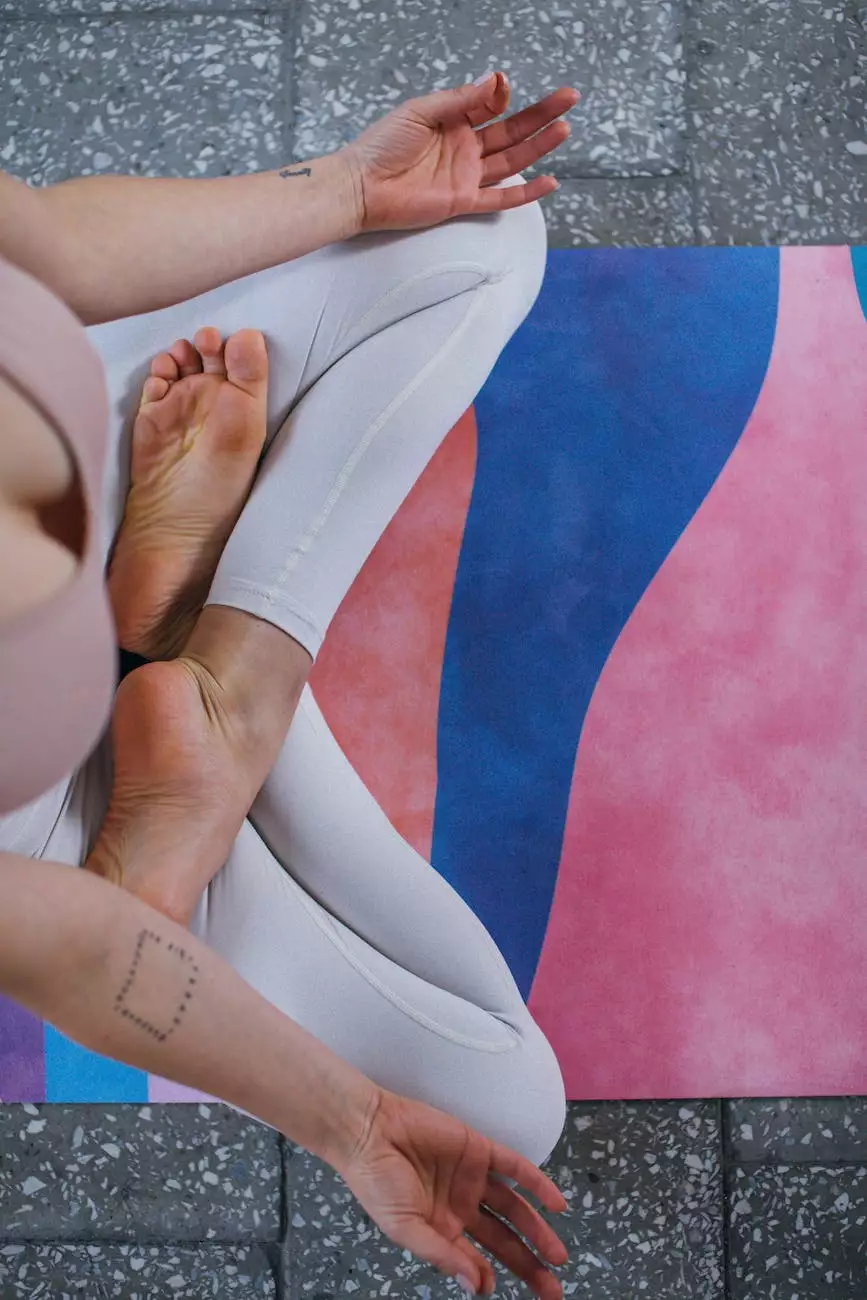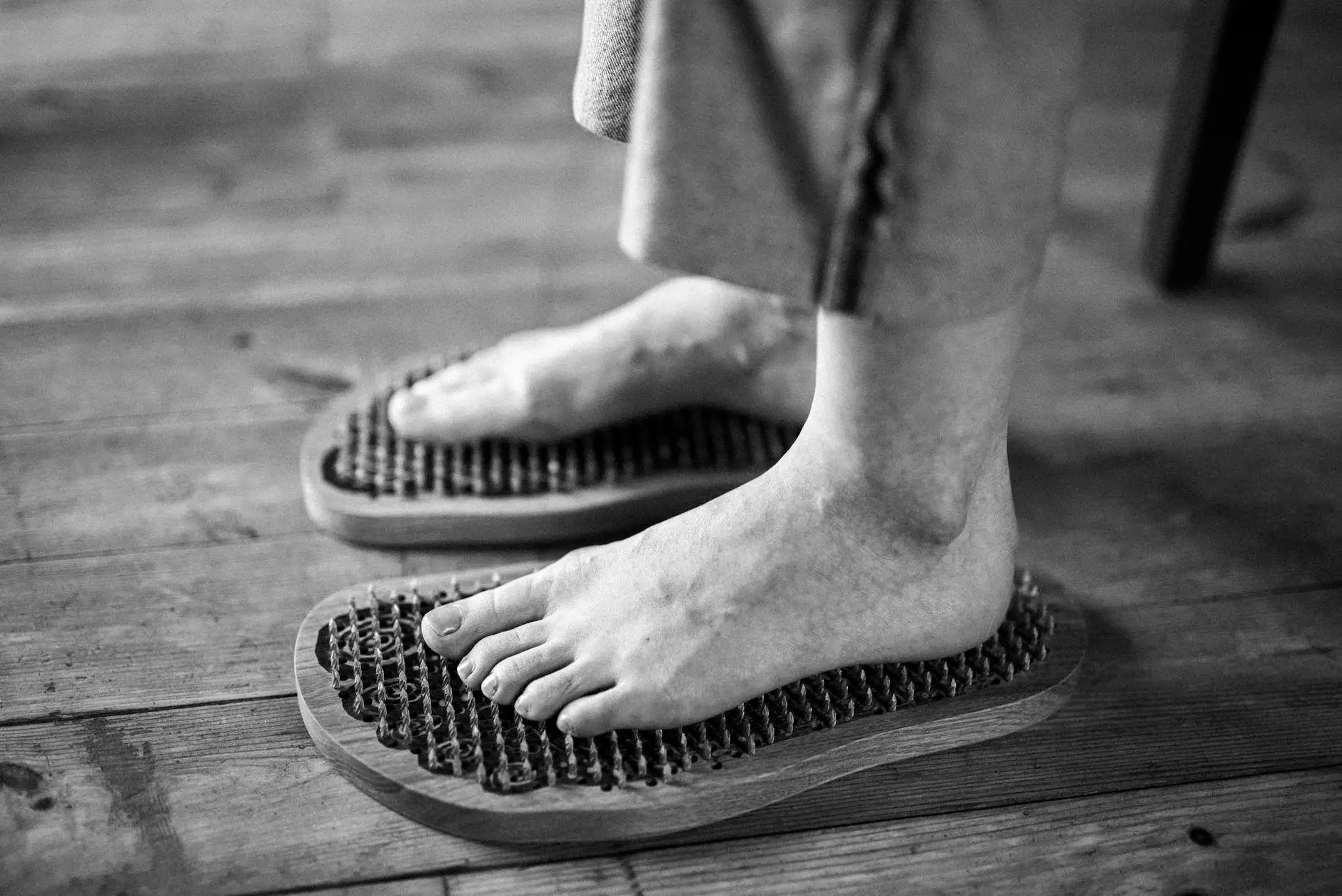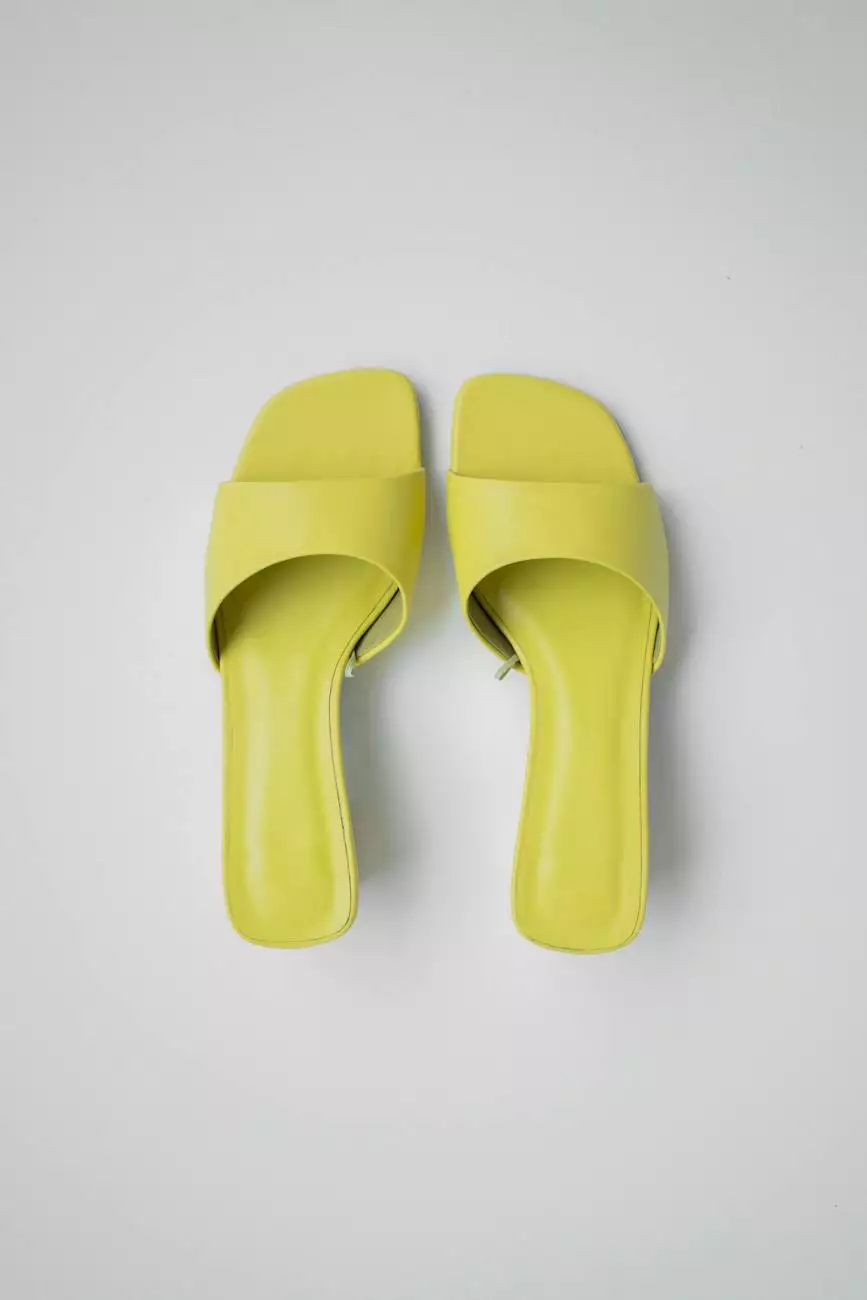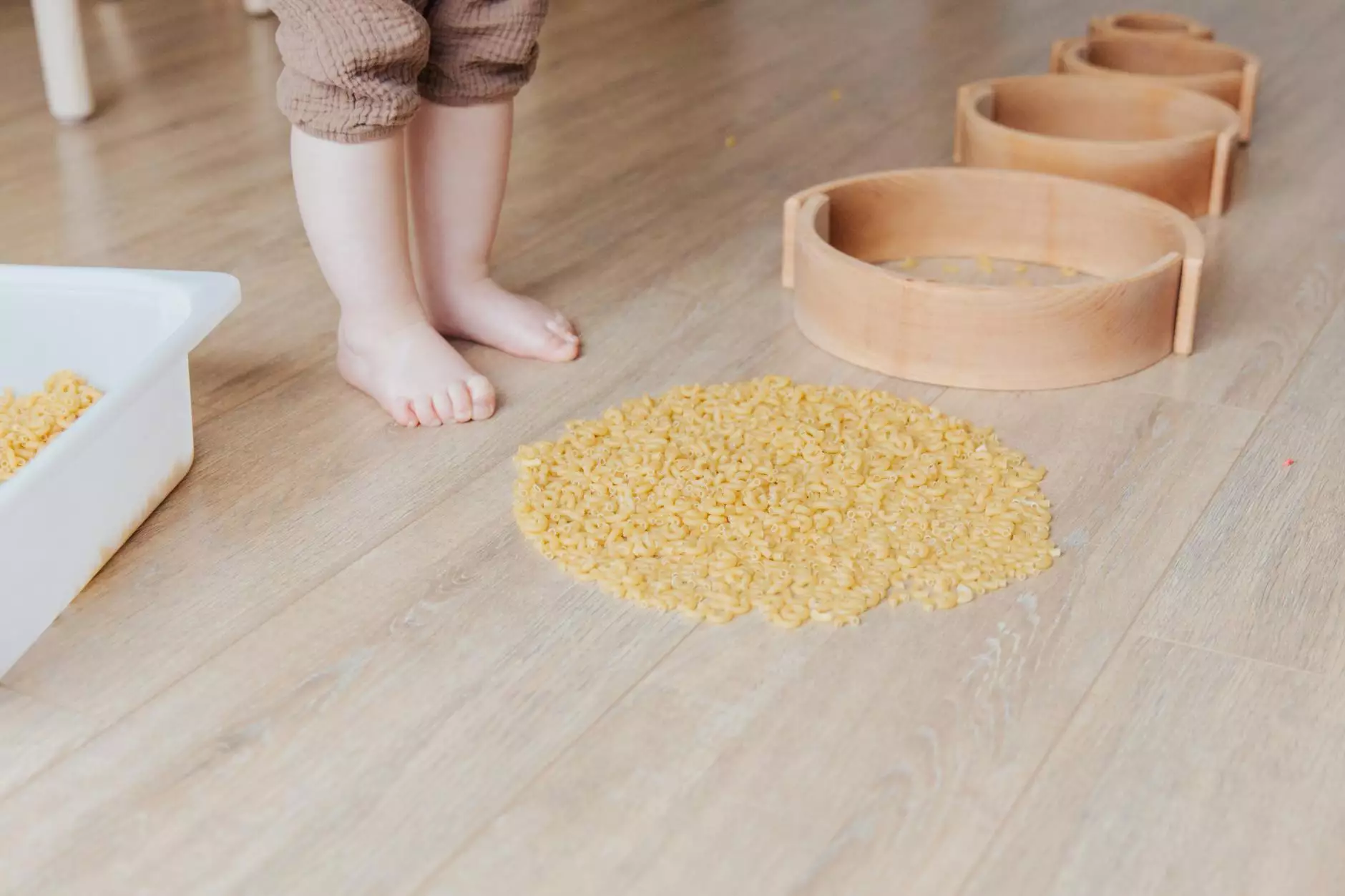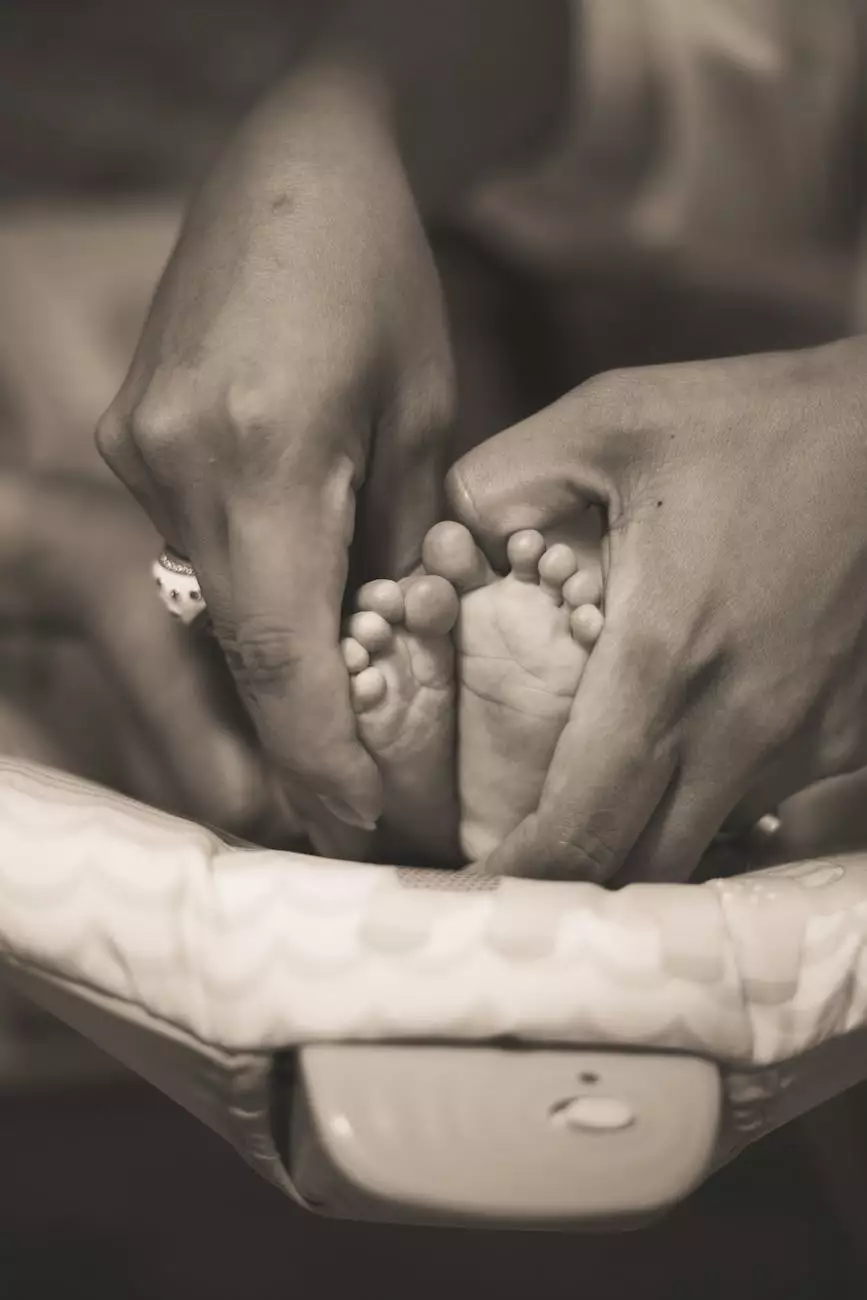Bunions - Understanding and Managing Foot Health
Foot Care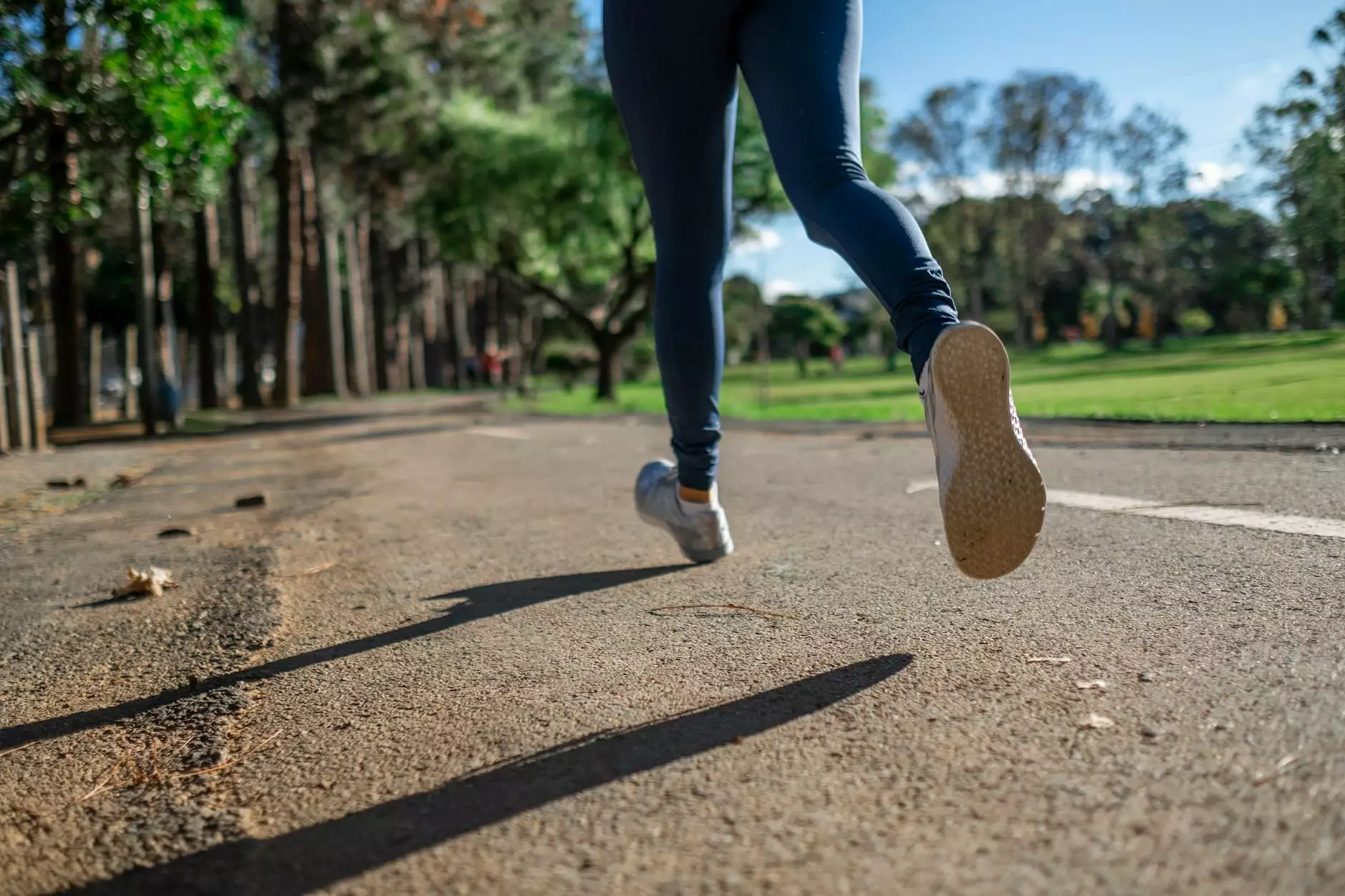
Welcome to Hands Over Feet Reflexology, your go-to resource for comprehensive information on bunions. In the following article, we will explore the causes, symptoms, and effective treatments for bunions. If you are looking for ways to improve your foot health or manage existing bunions, you are in the right place.
What are Bunions?
Bunions, also known as hallux valgus, are bony protrusions that develop on the base joint of the big toe. They occur when the big toe pushes against the neighboring toe, causing the joint to protrude and deviate from its natural alignment. This condition usually develops gradually over time and can be accompanied by discomfort, inflammation, and pain.
Causes of Bunions
Bunions can develop due to several factors, including:
- Genetic predisposition
- Tight, ill-fitting footwear
- Foot injuries
- Joint abnormalities
- Arthritis
- Flat feet or low arches
Signs and Symptoms
Bunions can manifest through various signs and symptoms, which may include:
- Visible bony protrusion at the base of the big toe
- Persistent or intermittent pain
- Redness, inflammation, or swelling around the affected area
- Corns or calluses on the affected toe
- Restricted movement of the big toe
- Difficulty finding properly fitting footwear
Treatment Options
At Hands Over Feet Reflexology, we offer various effective treatment options to manage bunions. Our experienced practitioners assess each case individually and devise personalized treatment plans. Here are some common approaches:
1. Footwear Modifications
Choosing the right footwear plays a vital role in managing bunions. We recommend wearing comfortable, well-fitted shoes with ample toe space. Avoid narrow or high-heeled shoes, as they can exacerbate bunion symptoms.
2. Orthotic Devices
Custom orthotic devices, such as bunion splints or inserts, can help realign the affected joint and provide relief from pain and discomfort. These devices are designed to offer support and cushioning, improving foot function and reducing pressure on the bunion.
3. Physical Therapy
Physical therapy exercises can strengthen the muscles around the affected joint, improve flexibility, and alleviate pain. Our skilled therapists guide patients through targeted exercises and stretches to help manage bunions and prevent further progression.
4. Medications
In some cases, non-steroidal anti-inflammatory drugs (NSAIDs) may be recommended to reduce pain, inflammation, and swelling associated with bunions. It's important to consult with a qualified healthcare professional before starting any medication.
5. Surgical Interventions
If non-surgical methods fail to provide relief, surgical intervention may be considered as a last resort. Our trusted surgeons specialize in bunion surgeries, utilizing advanced techniques to correct joint alignment, remove excess bone, and restore proper foot function.
Preventive Measures
Prevention is key when it comes to bunions. Here are some tips to help maintain healthy feet and minimize the risk of developing bunions:
- Choose footwear that fits properly and provides adequate support
- Avoid wearing excessively tight or narrow shoes
- Practice regular stretching exercises to maintain foot flexibility
- Maintain a healthy body weight to reduce excess pressure on the feet
- Avoid high heels or limit their usage
- Give your feet regular breaks and massages to relieve tension
Conclusion
In conclusion, bunions can be a distressing condition affecting foot health and overall well-being. At Hands Over Feet Reflexology, we offer comprehensive information, advanced treatments, and expert guidance to help individuals manage bunions effectively. By understanding the causes, recognizing the symptoms, and implementing preventive measures, you can take control of your foot health and enhance your quality of life.
For more information, or to book a consultation with our specialized practitioners, please visit our website or contact us directly.

